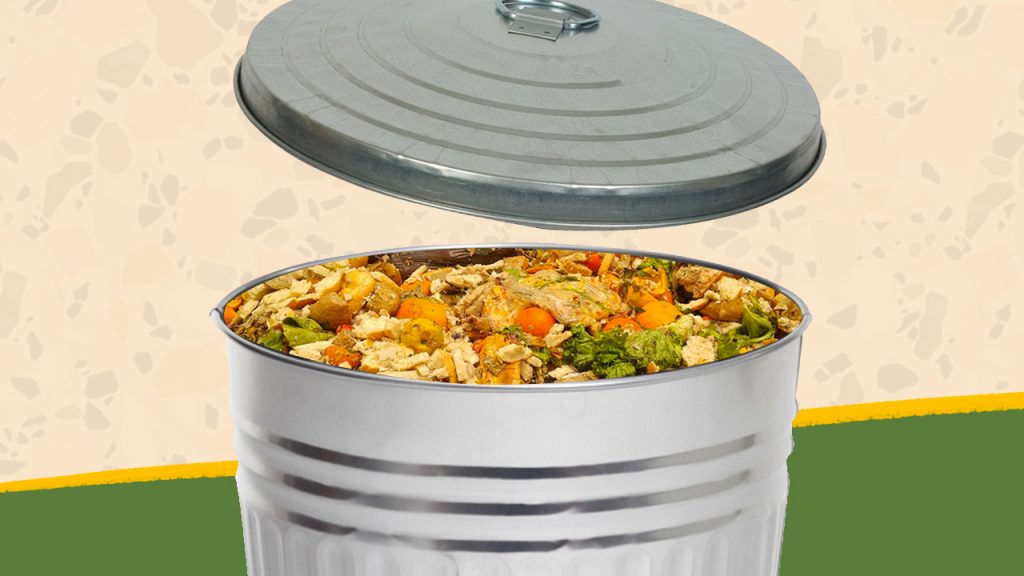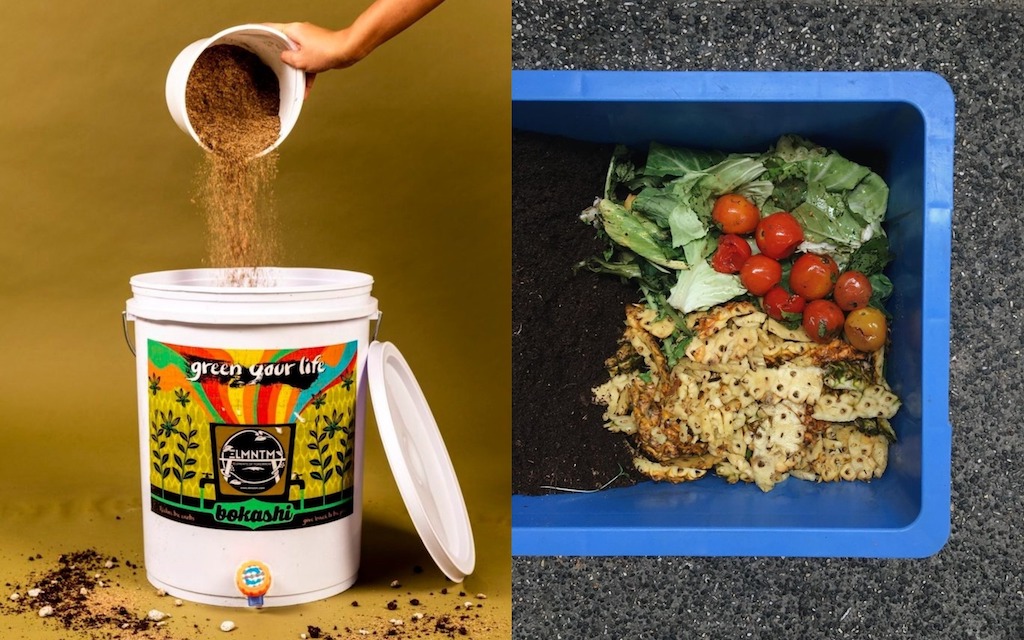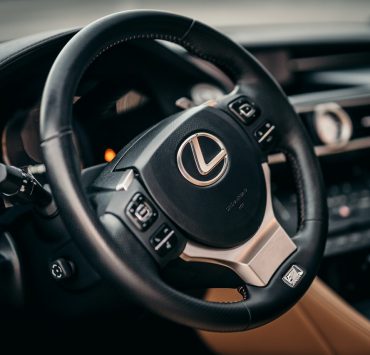In case you didn’t already know, our food waste is a vast problem. It is, experts argue, one of the contributors to climate change. In Metro Manila alone, according to some estimates, over 2,000 tons of food scraps end up in trash bins every day.
Apart from the intensive production and processing food goes through before it comes to our tables, wasted food (food that is not eaten, produce that is not sold, scraps, etc.) when thrown directly into landfills generate greenhouse gases like methane.
Structurally, this waste can be cut down from the very source, from the way we plant and produce crops for consumption to utilizing often thrown away plant and animal parts and institutionalizing food banks where surplus supply can be diverted to.
But at home, where we are more in control of our choices and aware of its consequences, little things matter, too: from growing your own garden to reduce dependence on farms to meal planning to avoid incidents of food wastage.
[READ: An important quarantine lesson: How to minimize food waste]

And even in cases where food inevitably gets thrown out by design and habit (e.g. expired food, peelings), there are things we can do to stop it from going directly into landfills. We’ve done stories on how you can repurpose fruit and vegetable peelings into personal care products and even as natural dyes.
Then there’s also composting. Though it is the second to last resort next to dumping to landfill, according to the United States Environmental Protection Agency (who believes much can be done from the production line), the personal and environmental benefits are well-known. For one, composting produces valuable fertilizer you can use on said gardening project.
[Here’s a step-by-step guide on how to build one yourself: So you want to start a compost? Read this]
https://www.instagram.com/p/CAwik-DnbO3/
Composting, like many other touted solutions, of course, has its fair share of myths. First, that it stinks (depending on what you put in it and how aerated your bin is).
And second that it cannot be done in small spaces. It can be done and this is what this article is about: two routes you can take to fit composting into your life and into your limited space.
Bokashi
Microorganism-induced fermentation of kitchen scraps (except meat and bones) is the primary way of dealing with food waste offered by this method that originated from Japan.
https://www.facebook.com/elmntm/photos/2750359555287697
In a bucket with a spigot or a faucet, food scraps are layered along with bokashi bran or essential microorganism activated solution, a fermented mix of wheat germ from rice bran, molasses, and water. The fermentation byproducts, a liquid called bokashi tea that can be used as fertilizer and solid material that needs to be buried to decompose after two weeks or so.
[READ: How bokashi composting can redirect food waste away from landfills]Bokashi kits are readily available for purchase through some agricultural and zero-waste stores, complete with everything you need to kickstart food scrap fermentation.
Where to buy:
Harbest Agribusiness Corporation
Vermicomposting
Worms are used to decompose food waste in this method that usually employs a bin, soil, water and paper. But not just any kind of worm. In the US, a species called red wigglers are commonly used. They won’t survive in tropical countries, so instead local vermicomposters use African nightcrawlers, which you can purchase online.
Basically, you just let the worms live off your food scraps on a bin mixed with soil and paper. However, feedings should be limited to once a week with pace of conversion from organic matter to soil amendment varies depending on what kind of diet your worms are on.
https://www.instagram.com/p/B1yQ-mJnewi/
Just like bokashi, meat and other animal byproducts are off-limits. Other ingredients like citrus, dry stems and onion skins should be fed in moderation as it takes worms longer to consume them.
The end product, which is compost, can be used for plant pots as they are nutrient-rich.
You can buy just the worms and construct a makeshift bin or come to local suppliers like Worm Kubo, for ready-to-use bins with full instructions and guides on how to care for your compost and your worms.
Where to buy:
Conclusion
Based on your needs and the amount of food waste your household generates, you can choose from these two recommendations. But just the same, regular composting is also doable even in small spaces and using everyday objects you already have at your disposal.
These recommendations are for instances where food scraps are totally unavoidable, but otherwise, it is still best to be proactive and avoid food wastage in the first place.
Header images courtesy of F&B Report and Worm Kubo
Get more stories like this by subscribing to our weekly newsletter here.
Read more:
Give greener living a go with The Nolisoli Sustainability Guide
Are “biodegradable” phone cases really biodegradable?
So you want to start your own compost? Read this
Writer: CHRISTIAN SAN JOSE




